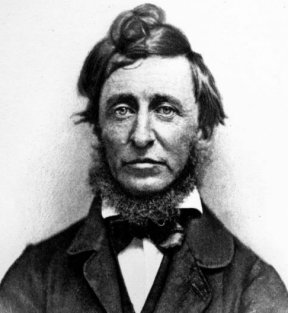People from around the world started talking about it. Americans
were proud about that fact. It is an obscure movement, mixing literature,
religion and philosophy. Especially interesting is their view of God. They
redefined their idea of Him, of man and of the relationship between the two.
The Transcendentalists had the concept of the oversoul (“what
there is”). The oversoul may be divided into two: man and nature.
And the place God (the divinity; it did not necessarily refer to a
human-like being) takes is everywhere, in man and in nature. They considered
him far from being a figure removed from man. The divinity was not the most
important thing, not more so than man or nature. There was no way to reach the
divinity, but there are two things that may be done to understand it better:
understand, explore oneself and nature.
Transcendentalism occurred when the main philosophical ideas were
Pragmatism, Empiricism and Utilitarianism.
The name of this movement is very self-explanatory: it means to go
beyond; beyond material reality, towards the truth. To go beyond material
reality one has to either be a poet or use reason.
A poet is the one who has the ability to cross reality with a
special insight, and who is able to communicate it to other people. The poet
works with intuition.
Reason was used then to refer to what we now know as intuition (or
what Emerson called understanding) or instinct.
The most important transcendentalist poets were Ralph Waldo Emerson and Thoreau.
To know more about these poets, I give you some interesting webs, in which you can see texts (how they used languange) , their biographies and more.
http://www.emersoncentral.com/
http://www.thoreausociety.org/
Source:
http://www.alcoberro.info/imatges/thoreau.jpg
https://blogger.googleusercontent.com/img/b/R29vZ2xl/AVvXsEjglskLt9YCE8bHoAxs5RWXlFhYCpw2KexgHF37-h4ifw1ae-TUPsFnrDBHUkdK8K0f_ZrOO4sdZOZeTWIAa-7iqZMbHcSB8CiVWl-APCc6f_XIT84MwH3FkPBbi5dCEqbibr0SY6pfpYI/s320/Ralph+Waldo+Emerson.jpg





